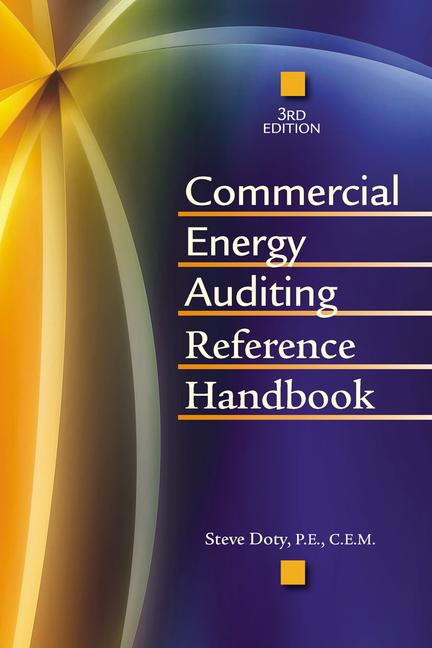Seeing Usage Results In Lower Usage
Case studies of submetering, for both residential and commercial tenants, found reductions in usage of 15% to almost 30%. The most often cited study, relevant to residential submetering, was performed by the New York Energy Research and Development Authority (NYSERDA). A free copy of the "Residential Electric Submetering Manual" may be downloaded at:www.submeteronline.com/code/history_f.html(skip forward to the fifth slide). This 1986 study (updated in 2001) examined several installations of submeters in New York City, where power prices are among the highest in the nation. It found usage reductions of 18% to 26%. Similar studies for commercial tenants (in much lower-cost Canada) found similar results. Find them at:www.qmeters.com/case_office_complex.pdf. To be fair, a critique of submetering (lacking any supporting case studies), may be found atwww.lowincomeenergy.ca/A55AB4/lien.nsf/All/DOMT-6C3UFQ....But There Could Be A Flipside
Submetering generally means that a master building meter and single account exist, and submeters are used to divide up the bill for that single account. But many buildings lack master metering, instead having separate meters (and accounts) for each tenant plus one or more meters (and one account) for common areas and the central plant.Most small commercial electrical accounts (e.g., less than about 10 kW) are billed only on consumption. Electromechanical meters used to measure such usage do not separately measure demand. When utilities develop load projections for service classes lacking demand metering, they statistically sample customer usage patterns to determine typical demands based on usage patterns. Fixed costs (such as to build and replace power plants, transmission lines, etc.) are then allocated among customers through that demand calculation. For a large group of customers, such a methodology generally results in a fair estimate. But for a subgroup that may have differing usage characteristics (e.g., seasonal, major night usage), an assumed demand based solely on consumption could end up overcharging for that demand component.
In a former apartment building having over 100 small commercial accounts, an analysis using temporary master metering found that the total coincident peak demand of apartments converted to offices was significantly lower than the sum of the assumed demands (which were determined using the utility's statistical formulae) for those accounts. Each account was also subject to a monthly fee to cover billing and metering (the "basic service charge"). The sum of those service charges was several times that of a single master account (and meter). Once the assumed demand component was deleted from the average cost (exclusive of the service charges) for power, the standard commercial rate was found to be slightly lower than that of small commercial accounts. Taken together, these differences yielded significant potential savings - and a one- to two-year payback period to shift to a master meter.
But the potential savings didn't stop there. Studies of the cost to process an invoice - receive it, log it, verify it, pay it, mail the check - found an average cost of $5 to $10. Eliminating over 100 monthly invoices saved enough to defray the cost of a new meter and part of the engineering involved in its installation. While the exact savings from a reduction in Accounts Payable work may be difficult to quantify (it could, for example, result merely in longer coffee breaks), it is likely to be much greater than zero.



